Boeun Samnyeonsanseong Fortress (보은 삼년산성)
2025-01-09
104, Seongju 1-gil, Boeun-gun, Chungcheongbuk-do
+82-43-540-3406
Samnyeongsanseong Fortress was built during the Silla dynasty. The sprawling stone walls stretch 1.7 kilometers in length with x_heights and x_widths of 13-20 and 8-10 meters respectively. The name of the fortress comes from the time it took to complete the construction, three years ("sam nyeon" in Korean). The fortress was the site of many battles between Silla and Baekje during the Three Kingdoms Period.
Deungeok Hot Springs (등억온천단지)
2024-12-18
197, Alpeuseuoncheon-ro, Ulju-gun, Ulsan
+82-52-277-0101
Situated on the outskirts of Sinbulsan Mountain (part of the Yeongnam mountain range, in southeastern Korea), Deungeok Hot Springs (72,727m²) is a sprawling geothermal site which includes the Sinbulsan, Eonyang, and Gajisan Hot Springs. Nearby to the Sinbulsan, Gajisan, and Ganwolsan Mountains of the Yeongnam mountain range, the complex is ideal for visitors seeking rest and relaxation after their hiking adventures.
The water found in the area contains high concentrations of sodium bicarbonate (substance similar to baking soda), which is believed to be a remedy for dermatitis, indigestion, bronchitis, high blood pressure, and many other ailments. Nearby attractions include Amethyst Cavern Park, Dokkaebi Road, Jakcheonjeong, Ganwol Natural Recreation Forest, and Seongnamsa Temple.
Sinbulsan County Park (신불산군립공원)
2021-06-30
Sangbuk-myeon, Ulju-gun, Ulsan
+82-52-229-7882
Sinbulsan County Park is located in parts of the Sangbuk and Samnam districts of Ulju County. The massive area encompasses 11.66 square kilometers and is home to one of the most impressive peaks in the Yeongnam Mountain Range found in the southeast of Korea. The park’s hiking trails interconnect with those of neighboring Gangwolsan and Yeongchwisan Mountains and attract a large number of hikers year-round.
Near the peak of Silbulsan Mountain sits a fortress with breathtaking views of silver grass. Water starts high above the clouds at Danjobong Peak and trickles down through streams and waterfalls to join the deep mountain valleys. One of the better known attractions in Silbulsan Mountain is Hongnyupokpo Falls which offers impressive views from its gentle cliffs.
Also nearby the mountain are Deungeok Hot Springs and a number of restaurants for hikers to visit and enjoy after a full day on the mountain.
Miryang Eoreumgol Valley (밀양 얼음골)
2020-08-25
1647, Sannae-ro, Miryang-si, Gyeongsangnam-do
+82-55-356-5640
Just north of Jaeyaksan Mountain, Eoreumgol Valley (Ice Valley) sits at an elevation between 600 and 750 meters and covers an area of 29,752m². Designated as Natural Monument No. 224, the valley is unusual in that it begins to freeze in March when the weather becomes warm and thaws in the fall when the weather becomes cold. In the winter, the valley generates warm breezes and the water rarely freezes. Because of these unique attributes, the valley is considered one of the Four Mysteries in Miryang and attracts visitors from early summer through fall.
Jaeyaksan Mountain (재약산)
2021-05-25
Gucheon-ri, Miryang-si, Gyeongsangnam-do
+82-55-352-1150
Situated between Miryang and Ulju, Jaeyaksan Mountain (1,119.1 meters) boasts gorgeous landscapes with giant rock formations near its peak. One of the most popular attractions of the mountain is Sajapyeong Plain and its vast field of silvergrass. The hiking course is relatively easy, adding to its charm. Nearby attractions include Eoreumgol Valley, Hobakso Pool, Pyochungsa Temple, Cheungcheungpokpo Falls, and Geumgangpokpo Falls.
Cheongyang Daracgol Julmudeom Holy Site (청양 다락골 줄무덤 성지)
2025-01-09
78-6, Darakgol-gil, Cheongyang-gun, Chungcheongnam-do
+82-41-943-8123
Julmudeom refers to the unmarked graves of anonymous Catholic martyrs in Darakgol, Cheongyang in Chungcheongnam-do. Darakgol is also the birthplace of St. Choi Gyeong-hwan and Choi Yang-eop (the second Catholic priest in Korea) was also martyred in Gwacheon, Gyeonggi-do. Because the grave is of more than one individual, it was given the name Julmudeom (group graveyard).
Although the exact number of martyrs and their exact cause of death is unknown, they were buried by family resulting in the 37 mounds in three sections. In 1982, Cheongyang Cathedral established monuments to commemorate the unidentified martyrs, and Julmudeom became a well-known site for Catholic pilgrimages. In 1986, the remains of St. Choi Gyeong-hwan Francisco were relocated to the Jeoldusan Martyrs’ Shrine reducing the total number of mounds at Julmudeom to 36.
Myeongseongsan Mountain (명성산)
2020-06-09
Dopyeong-ri, Pocheon-si, Gyeonggi-do
+82-31-538-3342
Situated on the border between Cheorwon (Gangwon-do) and Pocheon (Gyeonggi-do), Myeongseongsan Mountain is renowned for its beautiful fall foliage and fields of silver grass. It also stands above Sanjeong Lake, a tourist attraction that draws in many visitors throughout the year.
Dream Forest (북서울 꿈의숲)
2023-10-19
173 Wolgye-ro, Gangbuk-gu, Seoul
+82-2-2289-4000
Dream Forest, previously known as Odong Neighborhood Park, is located in Gangbuk-gu, Seoul. The park is surrounded by cherry blossom trees, and the northern section is filled with maple trees, making the park especially attractive in spring and fall. The Changnyeongwigung Ritual House (Registered Cultural Heritage) has been restored with traditional landscaping such as a pond, pavilion and waterfall created nearby to double the genuine beauty of a traditional Korean park. Major attractions of the park include Wolyeongji Pond, Grass Square, Wolgwangpokpo Falls, Aewoljeong Pavilion, Chilbokji Falls, Event Garden, Children’s Gallery, Wild Grass Garden, Deer Ranch, Exploring Path, Forest Rest, and a water park. The slanted hillside which served as sledding slopes is now a complex cultural space with Buk-Seoul Art Center that houses a fantastic-looking observatory, performance hall, book café, gallery, restaurant, jumping fountain, and children’s playground.
Historical Site of Wangin (왕인박사 유적지)
2024-01-10
440 Wangin-ro, Yeongam-gun, Jeollanam-do
The hometown of Wangin Baksa (Wangin the Great Scholar) is located at the foot of Munpilbong Peak to the east of Gurim Village. Due to Wangin’s importance and contributions to Korean history, this historical attraction is preserved and maintained in honor of his memory and achievements.
Seonggidong is the official birthplace of Wangin (marked by the Yuheobi memorial monument) and is also home to Seongcheon, the well Wangin is believed to have drunk from. Halfway up Wolchulsan Mountain are Chaekgul, Munsanjae and Yangsajae where Wangin is said to have studied as well as nurtured local pupils. To commemorate the significance of these areas, a memorial is held every March at Munsanjae and Yansanjae.
In front of Chaekgul is a statue of Wangin which is said to symbolize his benevolent character. Just west of Seonggidong is Doljeonggogae, a hill from which it is believed Wangin made a sorrowful look back at his countrymen before leaving for Japan.
Wangin departed for Japan from Sangdaepo, which at the time was an international trading port. The renowned Baekje scholar was beginning his journey at the request of Japanese Emperor Eungshin. He took with him ten books on the Analects of Confucius and a book of Cheonjamun, a text of one thousand Chinese characters. Over time, he earned the trust of the emperor and became instructor to the crown prince. Wangin is well-known for his part in the development of Japanese culture and his name appears often in Japanese history. Wangin educated beyond textbooks and made great contributions to the development of arts, crafts and music and is revered as the originator of Japan’s Asuka culture.
This historic site was originally reconstructed from 1985 to 1987 and is continually receiving improvements to improve accessibility for visitors.
Incheon Baendaengi Street (연안부두 밴댕이회무침거리)
2021-07-22
24-1, Yeonanbudu-ro, Jung-gu, Incheon
+82-32-765-4169
The Gwanghwado and Incheon areas are known for their plentiful catches of baendaengi (large-eyed herring). After a little street started specializing in serving baendaengi some 30 years ago, the fish has continued to grow in popularity.
Located in Guwol-dong, across from the Incheon Culture & Arts Center, Baendaengi Street has expanded, and so has the variety of dishes served. Visitors can try baendaengi prepared sashimi-style, roasted, or in a spicy soup. For this particular species of herring, locals believe the flavor is best in March and April when they grow to their largest size. Salted Baendaengi also makes an excellent side-dish for Korean meals.
* Baendaengi is one of many types of small prey fish referred to as ‘Soeo’ for their fierce struggle in fishing nets. Soeo have internal organs that are proportionally smaller than other species of fish and are known for their feisty nature. These attributes are thought to signify a stress-filled life, which is why many Koreans refer to narrow-minded or hot-tempered people as ‘baendaengi.’
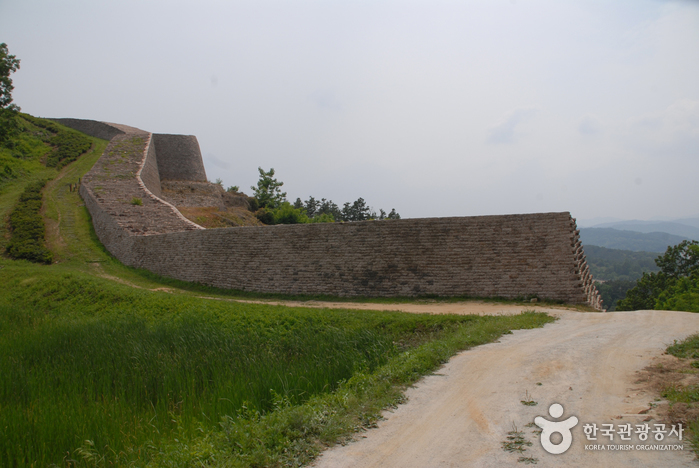
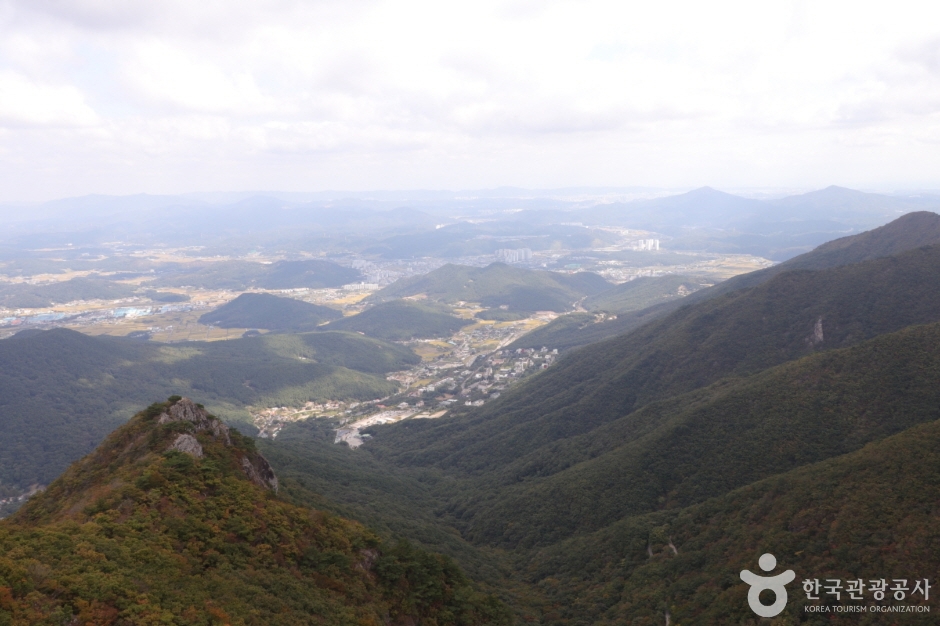
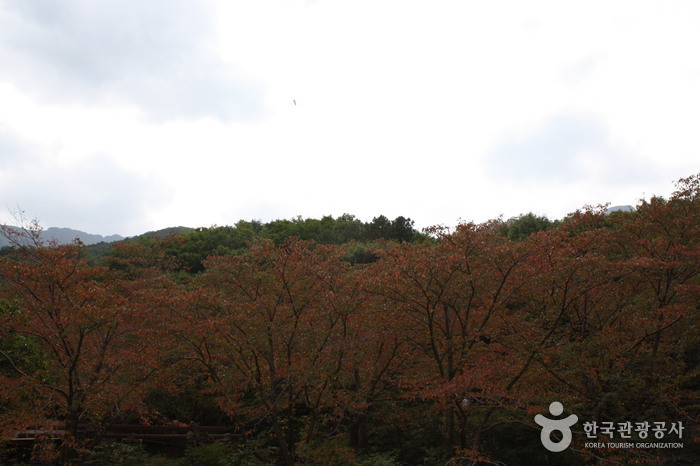
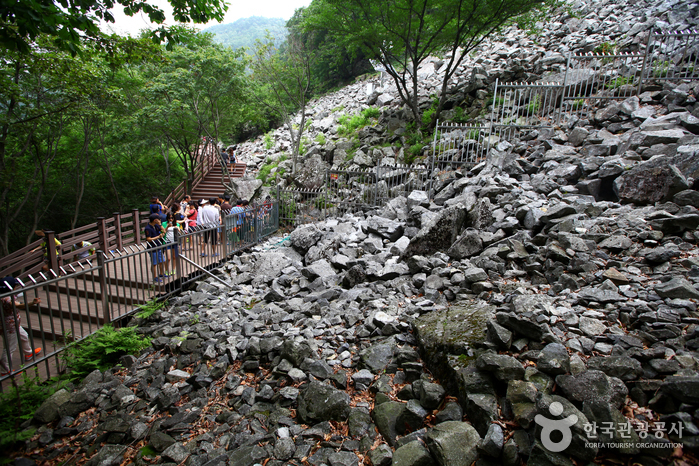
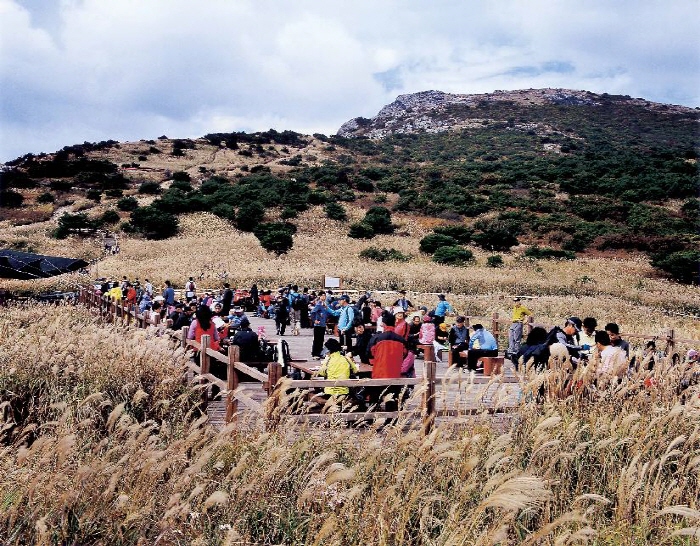
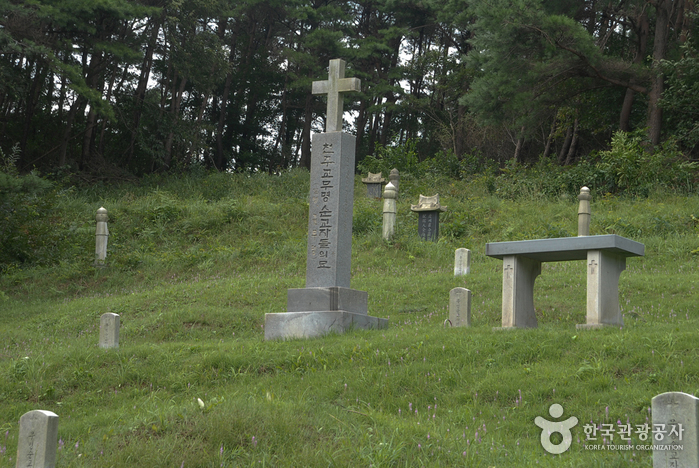
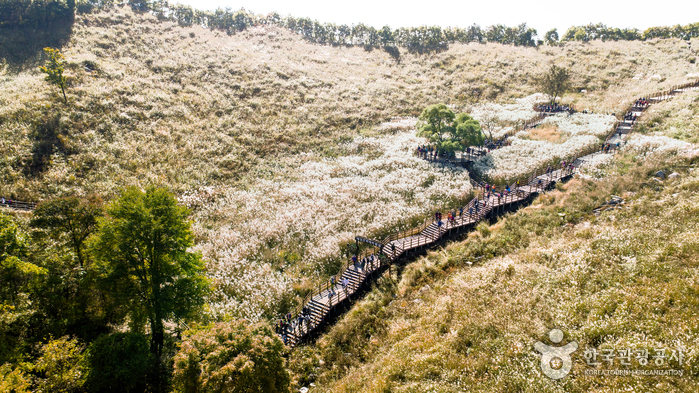
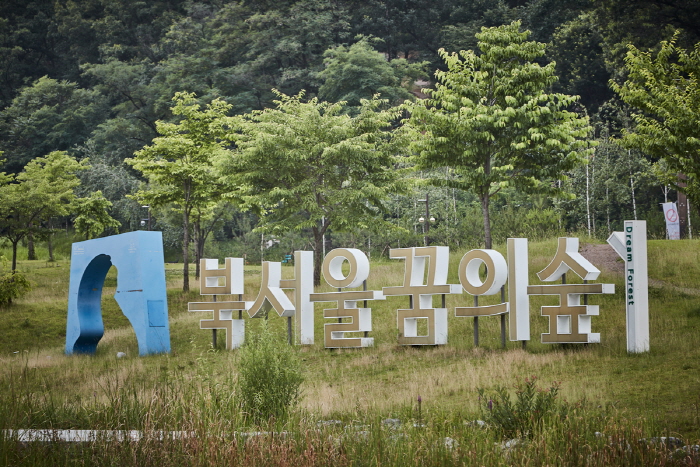
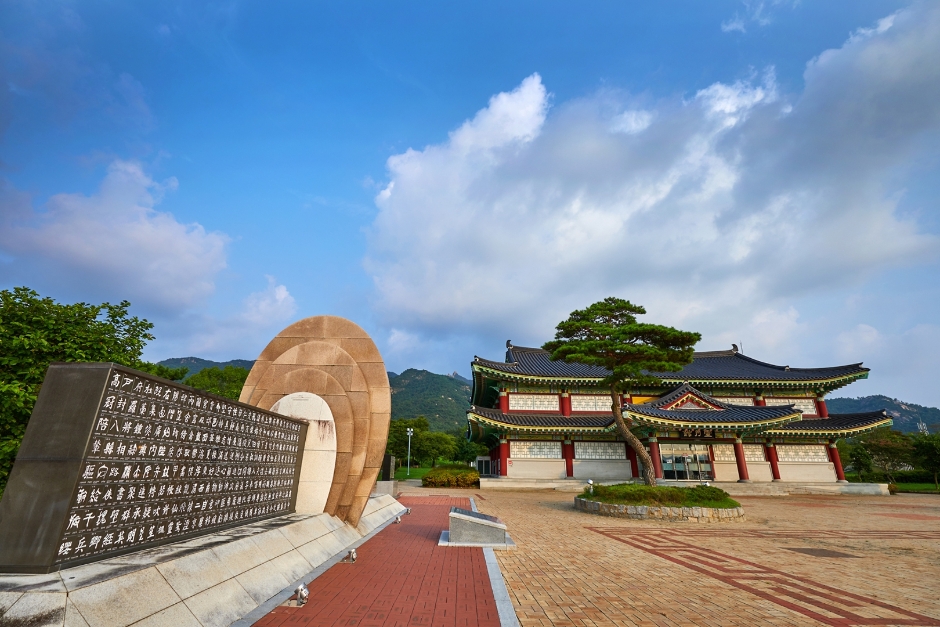

 English
English
 한국어
한국어 日本語
日本語 中文(简体)
中文(简体) Deutsch
Deutsch Français
Français Español
Español Русский
Русский